Japanese cryptocurrency exchange Liquid has revealed that the funds of customers who participated in the Gram token sale are stored securely in a blockchain wallet.
In July, Liquid conducted a token sale of Gram, priced at $4 per token, which was completed in a couple of weeks. In an announcement dated August 30, Liquid said:
“Following completion of the Gram Token Sale, we are pleased to announce that all participating customer funds from the sale on Liquid are stored in a publicly verifiable, segregated blockchain wallet, where funds will remain in cold storage until Gram tokens are released and delivered by the seller, Gram Asia.”
At the time of writing, the wallet contains $4,121, 496.71 worth of USD Coin, according to Etherscan. The amount raised suggests that around 1 million tokens were sold, CoinDesk noted.
Gram Asia was reportedly one of the major investors in Telegram’s token sale in which the encrypted messaging giant raised $1.7 billion to fund the development of the Telegram Open Network (TON).
It is important to note here that investors were prohibited from publicly declaring their involvement and reselling the future tokens before the official launch, according to the original purchase agreement. However, some investors, including Gram Asia, started to unofficially sell their rights to Gram holdings.
Speaking with CoinDesk, Seth Melamed, global head of business development and sales at Liquid’s parent company Quoine, said that Liquid has an agreement with Gram Asia and one more entity that will act as a third-party guarantor for the delivery of Gram tokens to the buyers. He said that only after the buyers receive their tokens from Gram Asia, the firm would be able to withdraw the USDC funds from the escrow account.
Meanwhile, recent reports suggest that Telegram is planning to launch the first batches of its Gram token within the next two months. Also, if the company fails to launch TON by October 31, 2019, it will have to refund investors.
Sources familiar with the matter had told CoinDesk that the code required to run a node on the TON was going to be released on September 01. However, this didn’t happen, CoinDesk reported citing Russian-language chats of TON volunteer developers on Telegram.





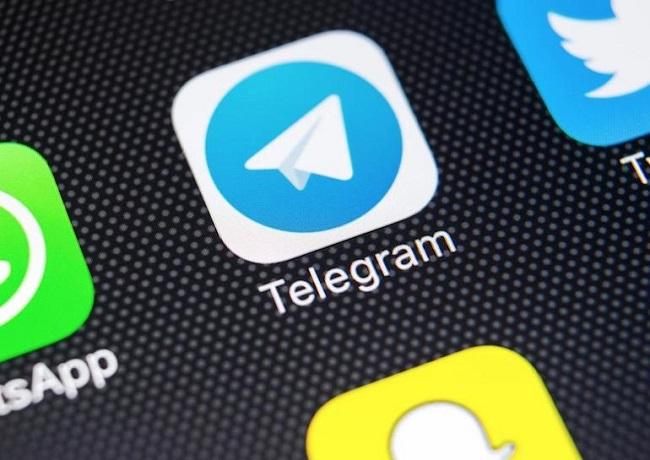



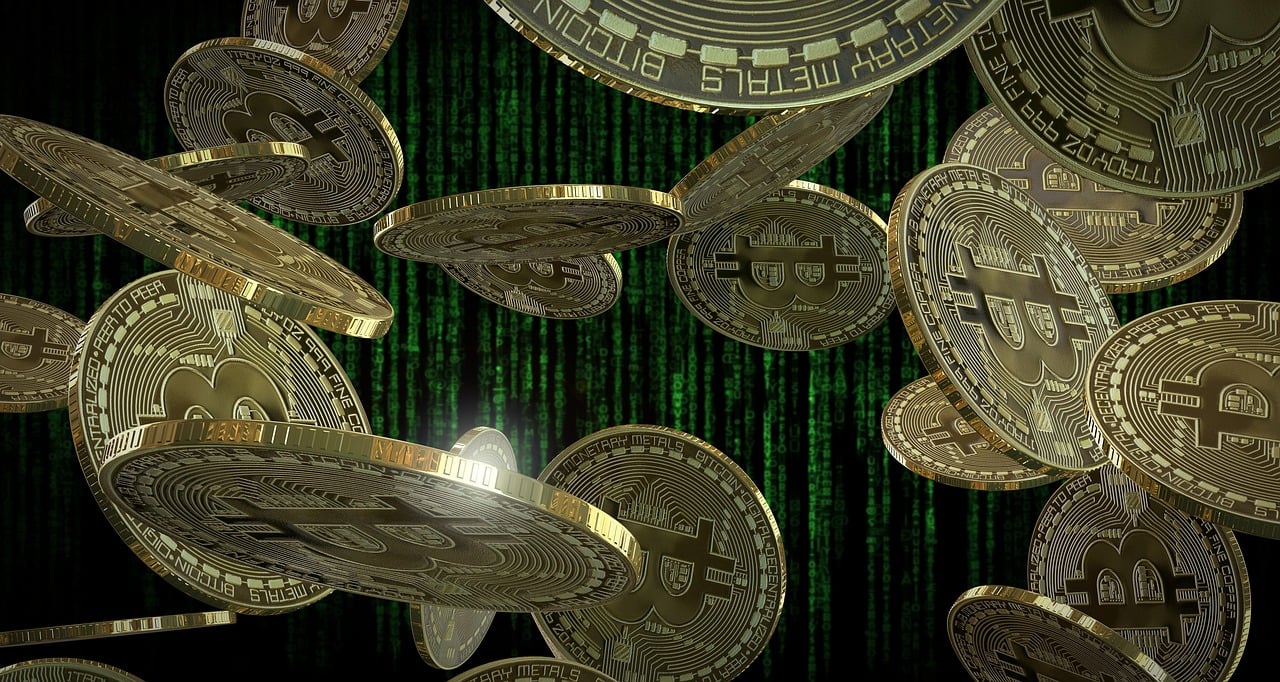




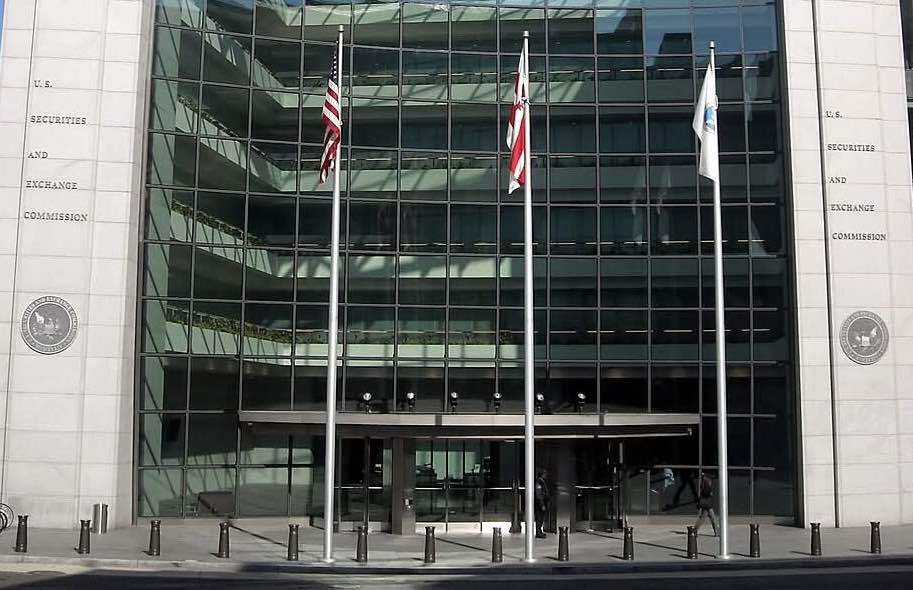


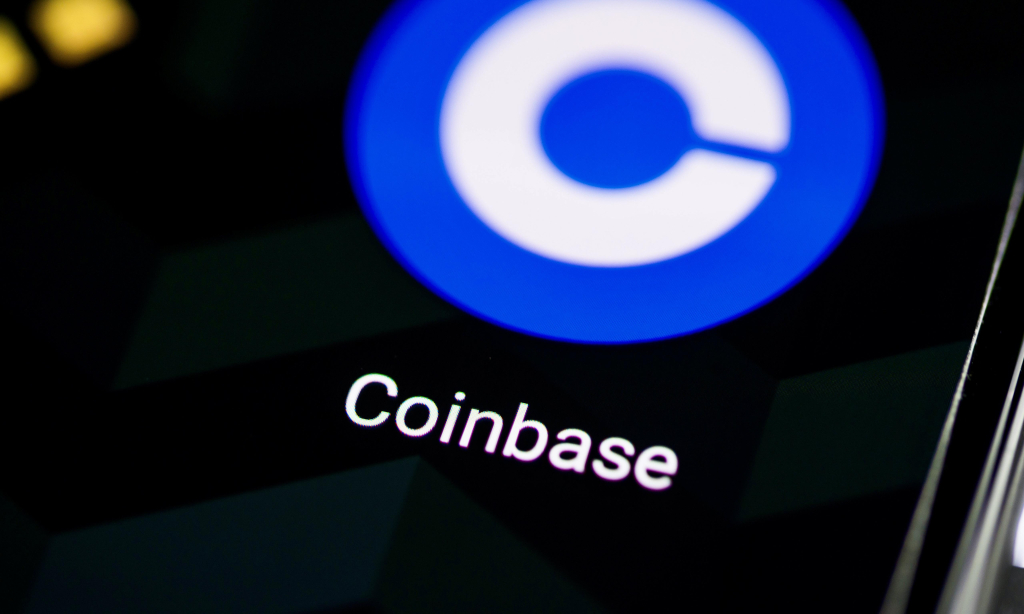




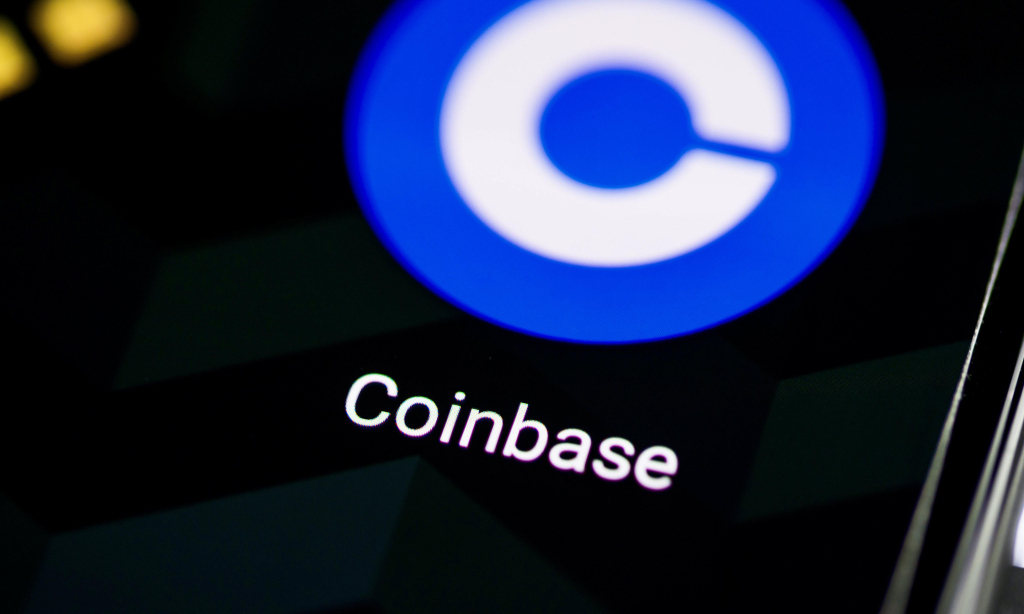

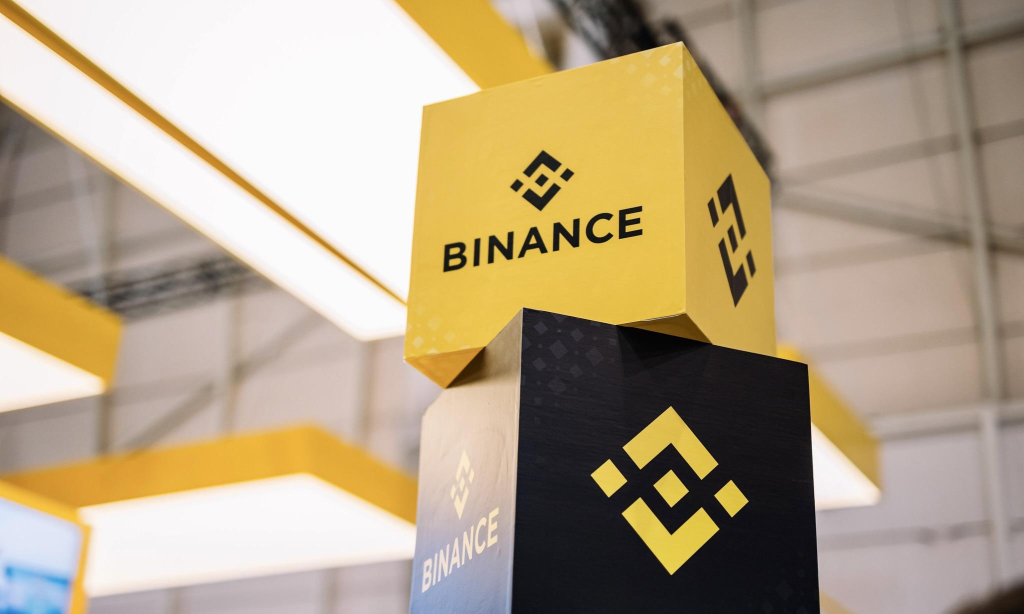

Comment 14